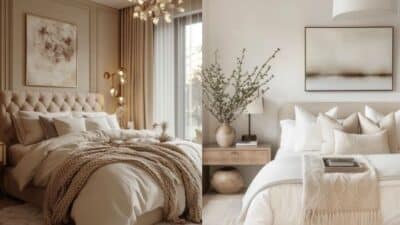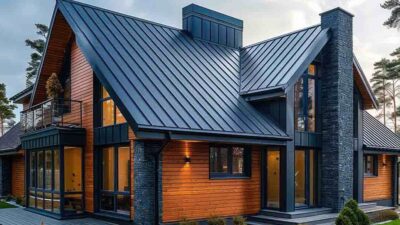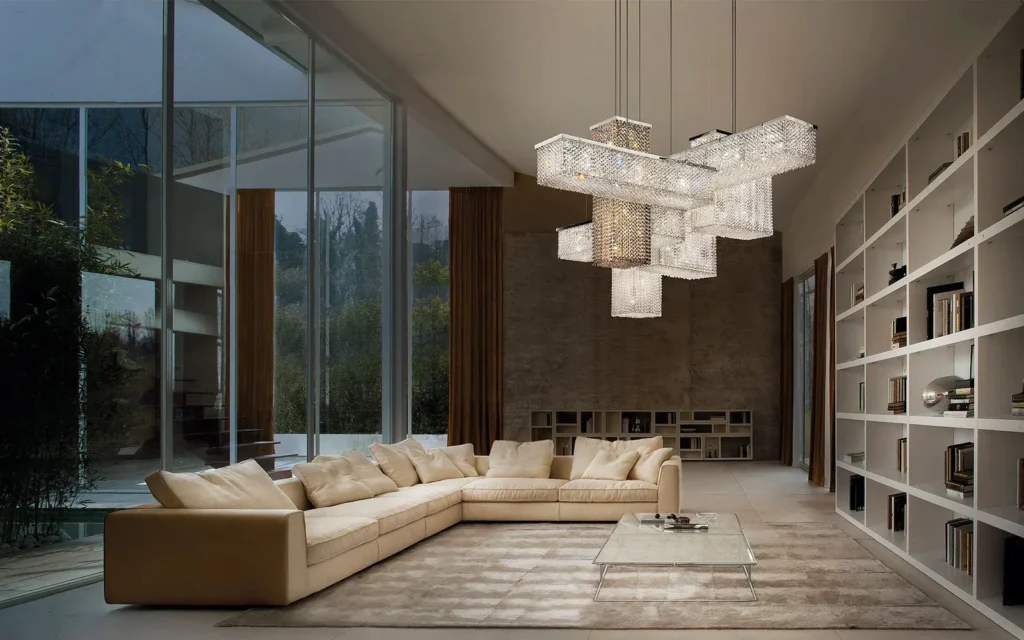
Lighting is one of the most powerful design tools in the world, it can change a room’s mood and highlight architectural features. Thoughtfully chosen contemporary luxury lighting can add elegance and depth to your home, drawing attention to details that may otherwise be missed. Knowing how to play with the light can serve to create a focal point or even highlight high ceilings and make your home more visually appealing.
Accentuating High Ceilings with Pendants and Chandeliers
Often, a tall ceiling creates an impressive backdrop for the placement of lighting inside a home. Pendant lights and grand chandeliers can help fill the gap between ceiling and floor providing both intimacy and grandeur to expansive spaces. When you pick statement fixtures that match your own style like those from Luxury Lighting Boutique, you give your space a sense of vertical movement and visual interest. When choosing a design, it is important to pick one that fits in with the existing architecture so the lighting feels like an extension of the room’s overall style.
Layering Light for Depth and Texture
Layering is the technique of placing several light sources at different heights and intensities to achieve a harmonious balance in the room. Accent lights can be used with ambient lighting to offer subtle accents on architectural details like crown moulding, exposed beams and distinctive ceiling patterns. Sconces or recessed fixtures will supply soft lighting, giving you texture and a cosy environment to show off your home’s structural details.
Highlighting Art and Furniture as Focal Points
Luxury lighting is all about directing attention to the right parts of a room. Artwork or statement furniture pieces can be highlighted with wall mounted sconces or directional spotlights. Focusing the light on these elements makes them the central features of the room and pulls the eye toward them. The rest of the space can also be softly lit at the same time to create contrast and depth, adding to the pop of the illuminated features.
Elegant fixtures can be incorporated to elevate these focal points even further. The right lighting design is not only to accentuate the craftsmanship of your artwork and furniture, but it is also to bring the room all together so that every detail flows smoothly from the wall to your chair to your table.
Using Light to Enhance Architectural Lines
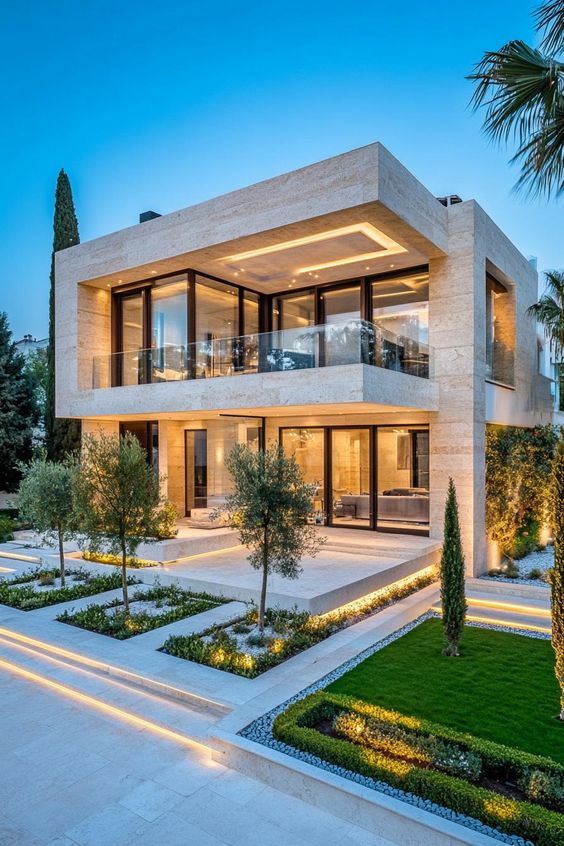
Lighting can add balance to architectural lines, whether using dramatic angles, as in a modern home of sharp edges, or smooth curves, as in a traditional or more ornate home. LED strip lights that wrap around baseboards or in recessed ceiling spaces can provide a soft glow highlighting these lines without overwhelming the room. This technique is perfect for contemporary homes that favor clean minimalist lines. The eye is guided along the natural flow of the space with a soft under-glow beneath cabinetry or along staircases, creating a modern, streamlined appearance.
Playing with Shadows and Contrast
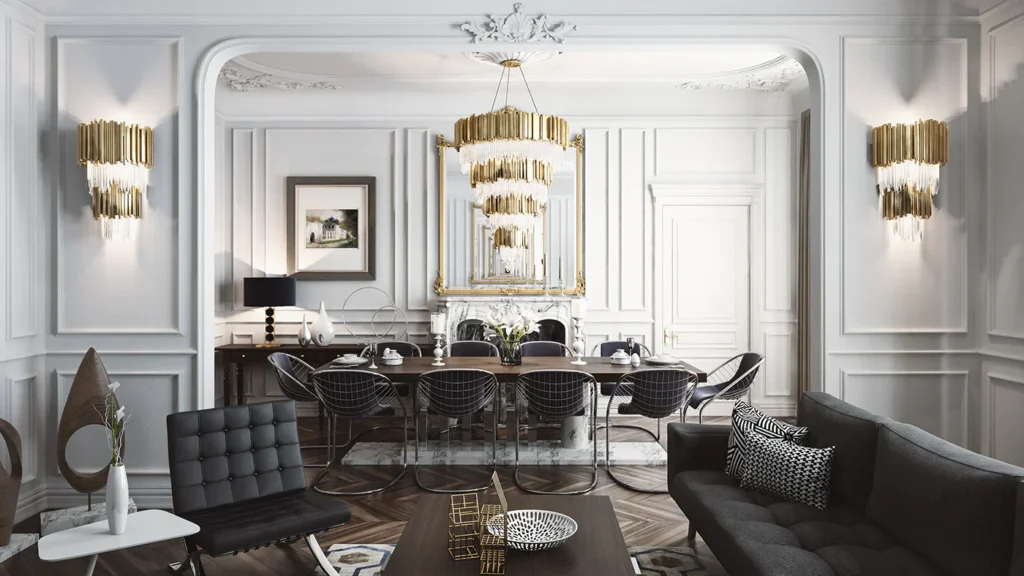
Shadows have just as much to do with lighting as illumination. Placed strategically, the lights can lend themselves to combining the contrasting features found in textured walls, alcoves or stonework. Directional lighting or downlighting can create shadows that give a sense of depth, and tend to help our brain perceive the space and texture to a better degree.
Incorporating Sculptural Lighting as Art
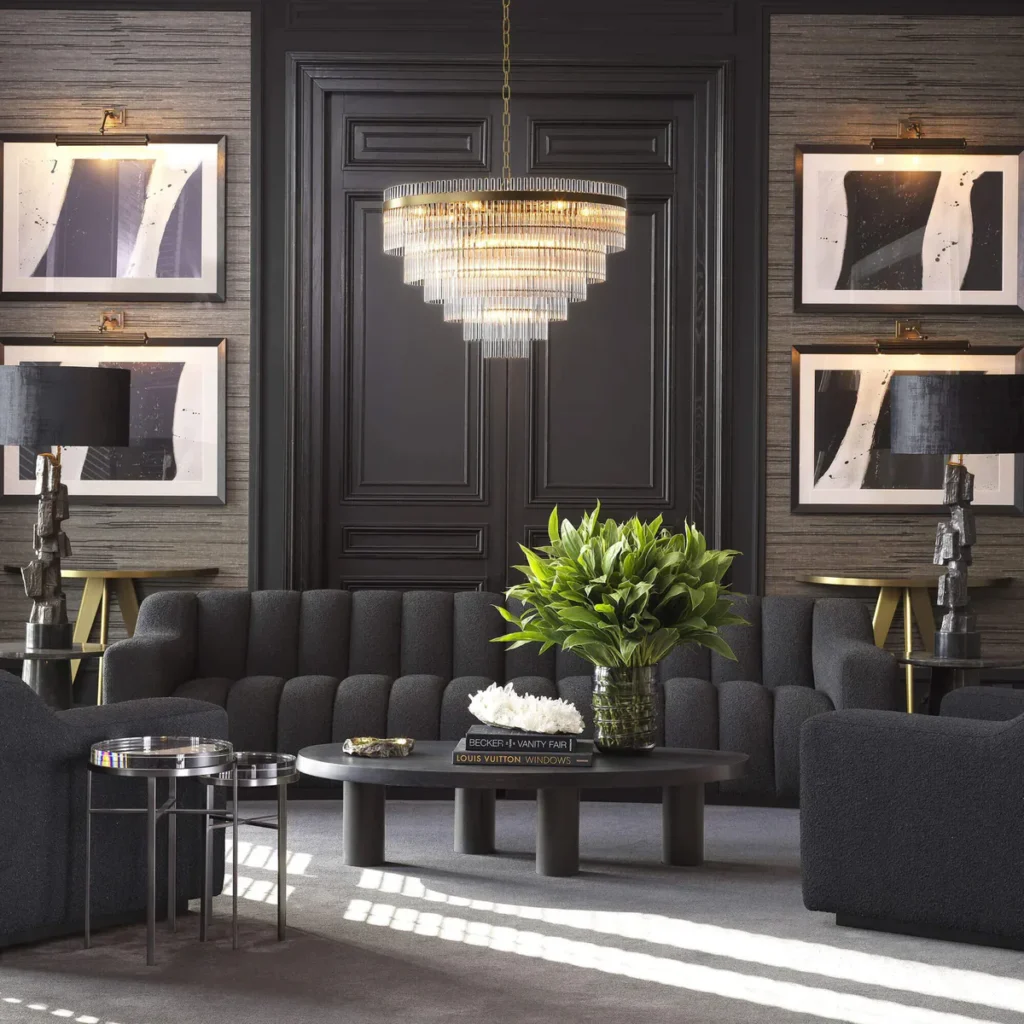
Luxury lighting can even be a form of art within the home itself. Sculptural lighting fixtures are both lighting devices and architectural elements in their own right. These pieces are bold statements and integral parts of the architecture, whether it’s a dramatic chandelier, a geometric floor lamp, or a sculpted wall sconce. These fixtures help define areas in open plan spaces without the need for physical dividers, defining spaces with light.
Enhancing Outdoor Architecture with Lighting
Your home’s architectural beauty doesn’t end at the front door. Outdoor lighting can also be used to highlight exterior features that include stone walls, landscaped pathways or architectural columns. Using uplighting or spotlighting, you can highlight these features so that the exterior of your home is as eye catching at night as it is during the day. Recessed lighting along walkways, or strategically placed spotlights, create a dramatic effect, so that your home’s unique architectural elements are seen from every angle.
Lighting as an Architectural Tool
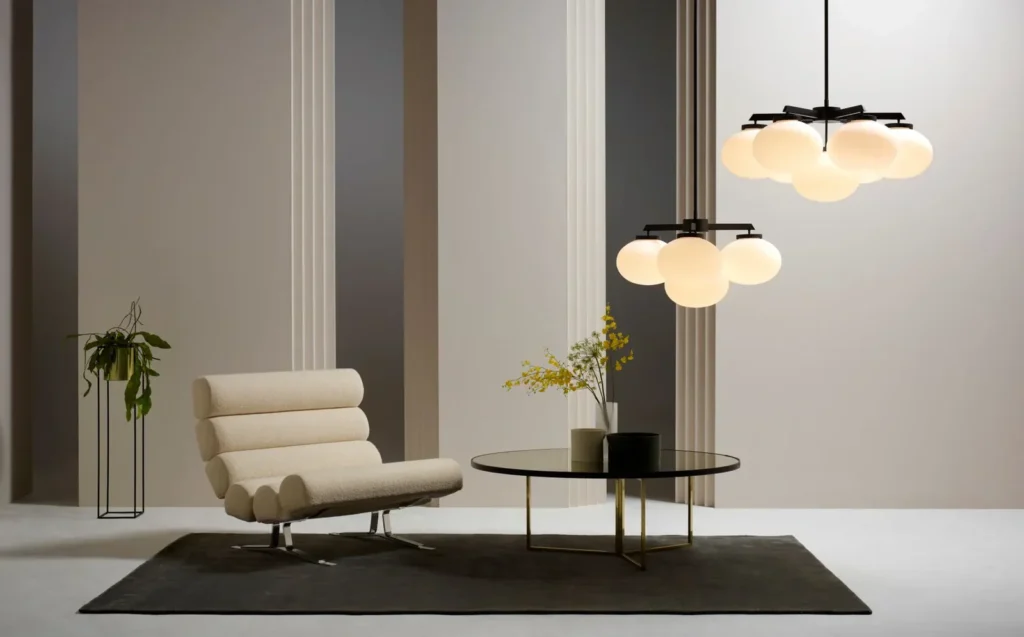
Luxury lighting is more than a need, it is a design element that can bring out the architectural features of your home. Whether you are highlighting high ceilings, defining focal points around art, or adding depth through shadows, thoughtful lighting design helps you highlight the very best parts of your space. The right contemporary lighting fixtures can transform the atmosphere of your home and elevate the architectural beauty of your home.
- 0shares
- Facebook0
- Pinterest0
- Twitter0
- Reddit0

